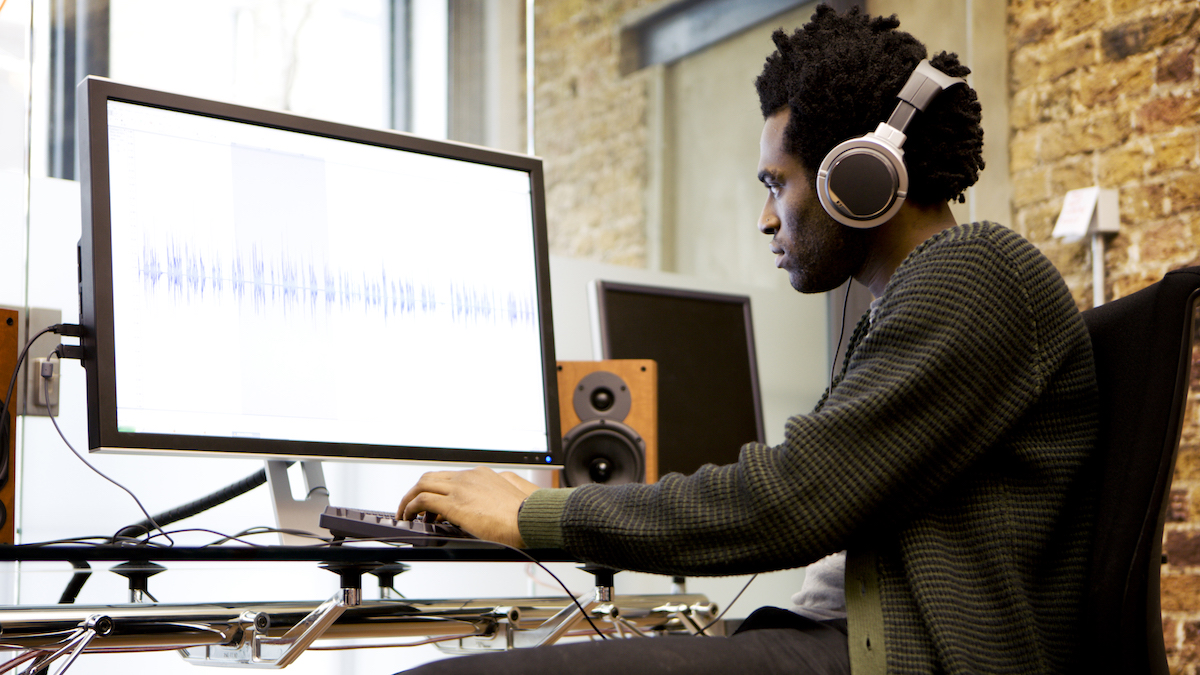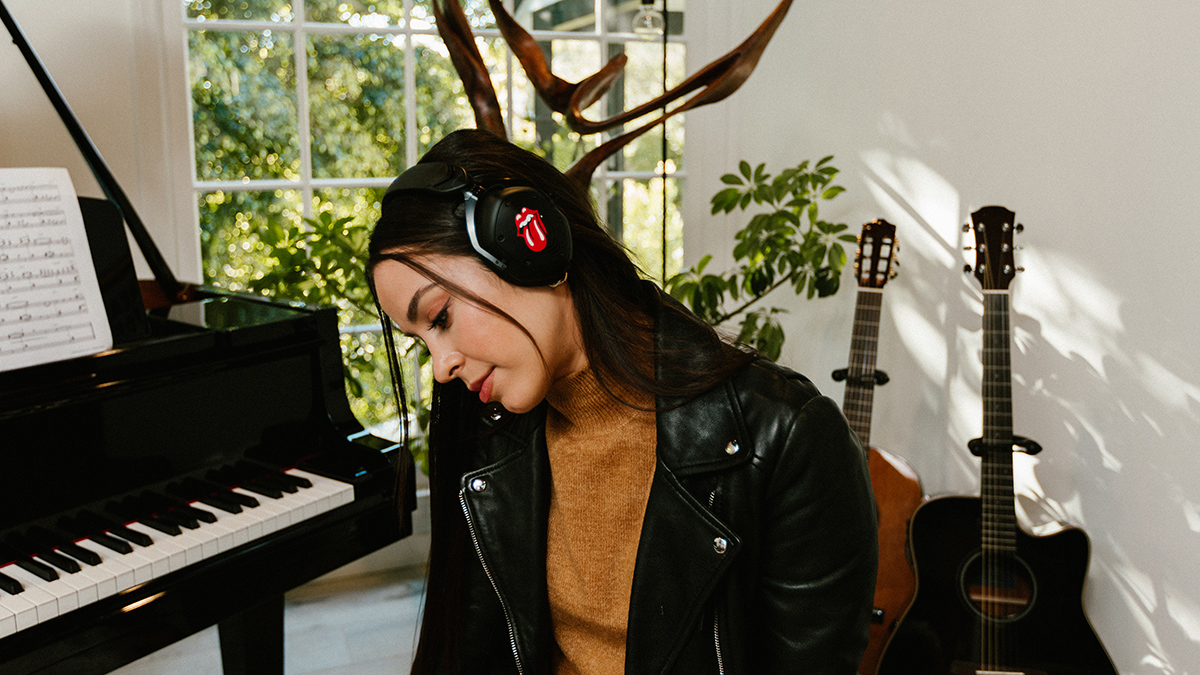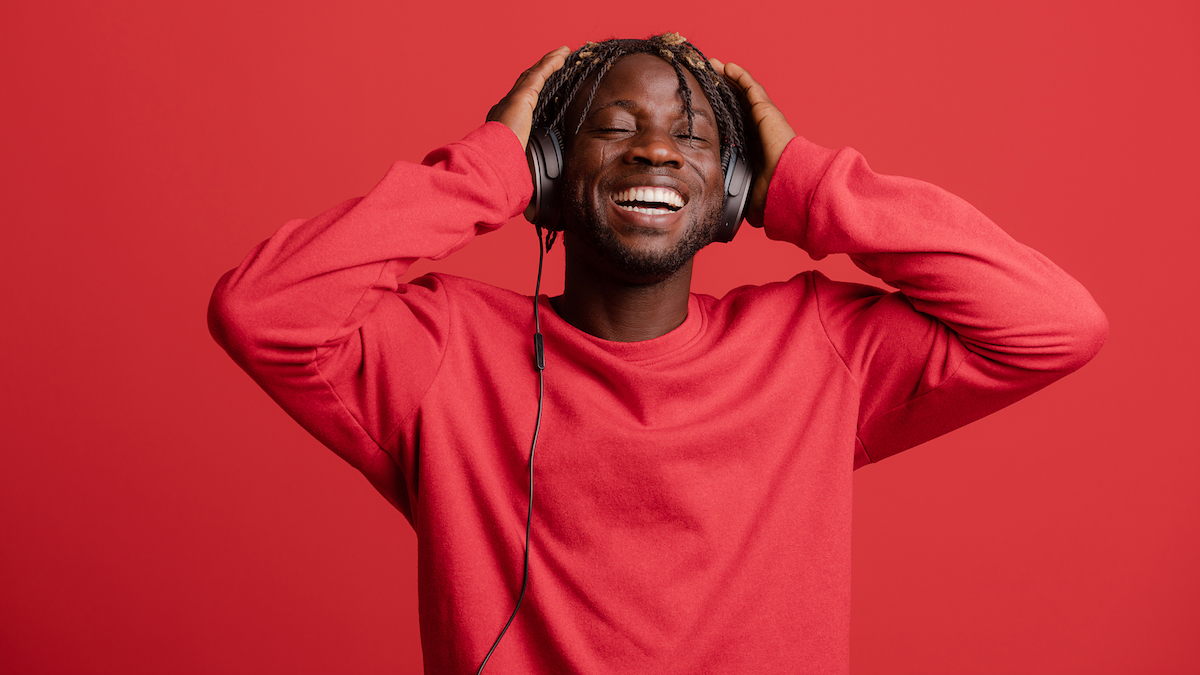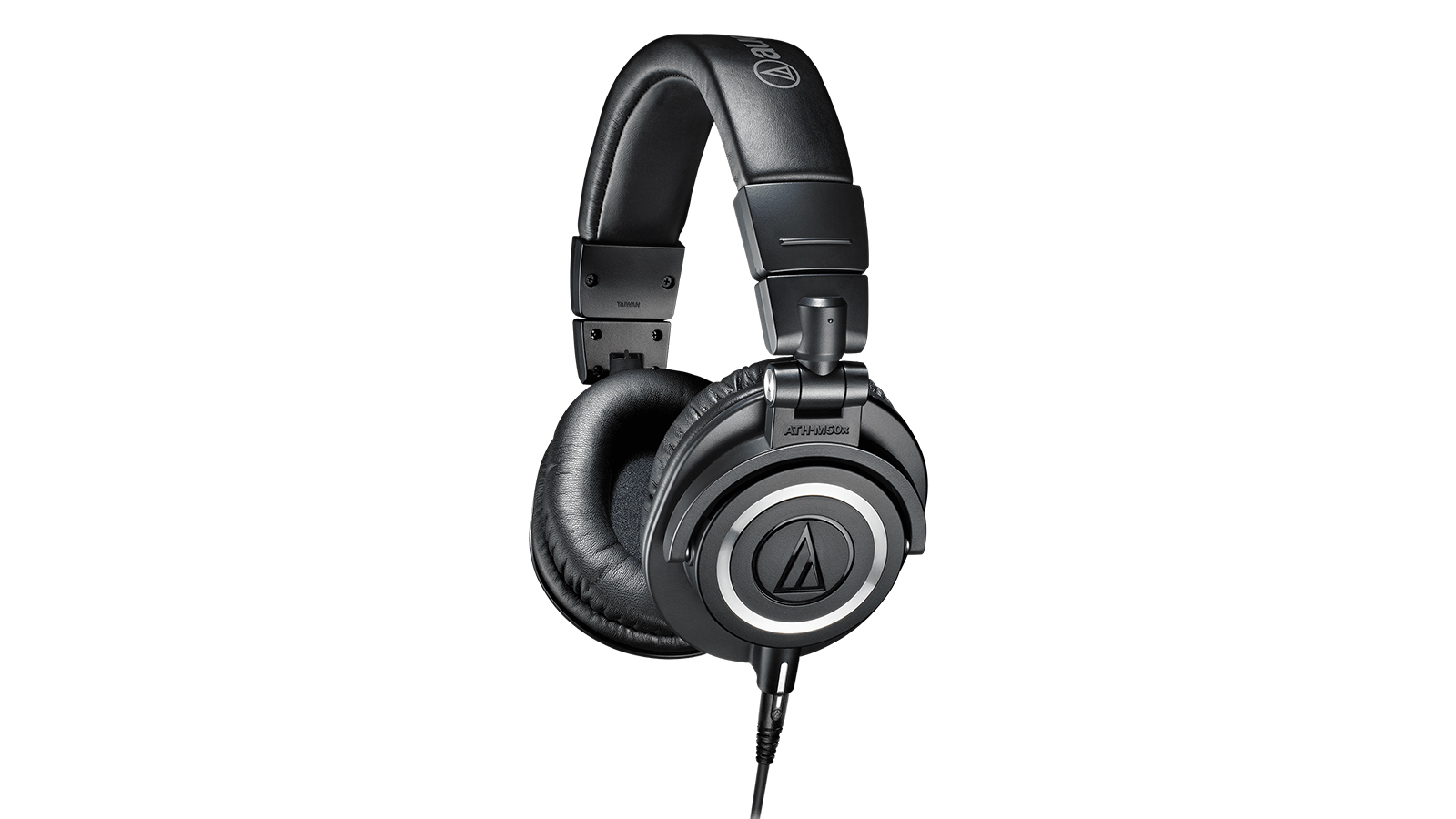Can you use studio headphones for general music listening?
A deep dive into the pros and cons. Plus, our pick of the best all-rounder headphones for music making and listening

When it comes to headphones, the phrase ‘studio reference monitor’ might seem something of a grand title, but it indicates that a set of headphones has been specifically manufactured for use in the studio, and as such it will have a certain set of specifications and qualities that tailor it to that particular task.
Within a studio environment there are several different tasks for which your headphones might be used – tracking, programming, mixing and mastering being just a few – but the ‘studio’ tag on the box will mean that they’ve been designed specifically with some or all of those tasks in mind.
So the question is, how good are studio headphones for general music listening, both at home and on the move, and should you even consider them for the purpose of regular, everyday consumption of pre-recorded music?
What’s the difference between regular headphones and studio headphones?

The main difference between regular everyday cans and studio monitor headphones is largely in how they sound across the frequency range.
Modern music is produced in such a way that bass frequencies are much more a part of the sound than tracks recorded 20-30 years ago, mainly due to advancements in technology for both producing and consuming music. The equipment used to make music, and also the devices on which we listen to it, are capable of dealing with much wider frequency ranges than what was available to the producers and consumers of yesteryear. All modern headphones reproduce the entire 20Hz-20kHz frequency range capable of being heard by humans, and then some, making this item on the spec sheets pretty much meaningless.
Because most people like to hear their music bright and punchy with a lot of bass, many headphones built for casual, everyday use tend to exhibit a frequency response that boosts the low and high ends of the frequency spectrum, resulting in what’s known as a ‘smiley curve’ response. This is so called because when you see it displayed on a graph of frequency against level, it resembles a smile – high at the low frequency end, a dip in the middle and back up high again at the top end.
While this may make an average pre-recorded mix sound great by enhancing the bass and the highs, using headphones with this kind of response to produce music, especially when mixing, can result in a mix that’s lacking in bass and top end when played on other systems. They can present a false, over-flattering picture of the frequencies in your track, with the result that you can easily under-compensate for these areas in your mix.
Get the MusicRadar Newsletter
Want all the hottest music and gear news, reviews, deals, features and more, direct to your inbox? Sign up here.
Flattery gets you everywhere
In contrast, the holy grail of studio reference monitor headphones is to exhibit as near to a flat frequency response as possible in order to reveal a truly accurate picture of what’s going on with the frequencies in your track. This means ideally no bass boosts, no humps in the upper mids and no overly-pronounced, sizzling highs, just a true indication of all the frequencies present. The idea is that if you can get your mix sounding great on a set of cans with such a response, it will be well-balanced enough to sound amazing wherever it’s played.
As a studio tool for achieving this, a good set of reference monitor headphones is absolutely essential, if not for solely mixing on, then at least for periodically checking how things are sounding, both frequency-wise and from the perspective of the stereo image. A good set of reference cans that you trust and know the sound of can be worth their weight in gold if it means that your mixes translate to other systems perfectly every time. Yet from a consumer perspective, our ears are accustomed to bass-heavy tracks, so anything without a pronounced bottom end can sound flat, dull or just plain wrong to us. This is why casual listeners trying studio headphones for the first time can be put off by the relative lack of bass.
What’s the answer?

In general then, the advice would suggest that separate types of headphones should be used for studio work and everyday listening, but as with most things, things aren’t quite as black and white as that. Over time, your ears will get used to the sound of a particular pair of cans the more you work with them, plus there’s a significant area of crossover where certain models of studio monitor headphone are more than capable of reproducing recorded tracks in an enjoyable manner.
So in answer to the question – of course, you can listen to your music on whatever headphones you want, and that includes studio reference headphones if that’s what you happen to have to hand (or to head). For the best listening experience, however, you need to be listening on a set of cans that sound great to you whatever the situation. We’ve highlighted a few of our favourite all-rounders below.
Audio-Technica ATH-M50x

One incredibly popular model in studios is Audio-Technica's ATH-M50x monitor headphones, which are extremely comfortable and sound fantastic. They straddle both professional and casual camps so well because they have a frequency response that’s verging on flat but with a bass boost, so they are punchy enough for daily consumption while remaining honest and revealing enough for studio work – a highly effective compromise.
Beyerdynamic DT 700 PRO X

Another great example of an all-round fantastic headphone for both studio and casual, everyday use is Beyerdynamic’s new DT 700 PRO X, a recent addition to their product line that takes the mantle established by the ubiquitous DT 770 PRO model and runs with it. These have an incredibly well-balanced response curve, combined with a single, fixed impedance that’s low enough to deliver a vibrant, punchy and revealing sound from just about anything.
Sennheiser HD-25

A DJ favourite for many years, due to their robust, swivelling ear cup design, these on-ear studio cans do possess a moderately coloured sound profile, but one that’s easy to get along with in a multitude of scenarios. Lightweight, compact, stylish and portable, the Sennheiser HD-25s are perfectly at home in the vocal booth or on the bus and will happily be driven by anything from your mobile right up to the poshest studio headphone amp.
Focal Listen Professional

Our number-one pick for studio headphones, the Focal Listen Professionals are exactly what they say on the tin; ideal for both listening and pro duties. This puts them firmly near the top of the class in the all-rounder category. Plus they have red ear pads…
Related buyer’s guides
- Explore the best budget studio headphones
- Get your voice heard with the best podcast headphones
- Our pick of the best studio monitors
Dave has been making music with computers since 1988 and his engineering, programming and keyboard-playing has featured on recordings by artists including George Michael, Kylie and Gary Barlow. A music technology writer since 2007, he’s Computer Music’s long-serving songwriting and music theory columnist, iCreate magazine’s resident Logic Pro expert and a regular contributor to MusicRadar and Attack Magazine. He also lectures on synthesis at Leeds Conservatoire of Music and is the author of Avid Pro Tools Basics.










